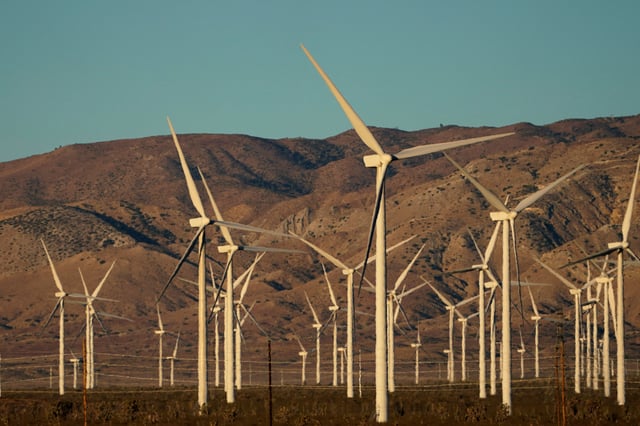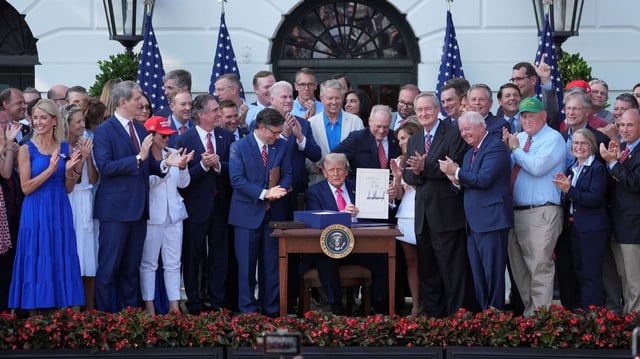Overview
- The executive order directs Treasury to narrow broad safe harbors for project eligibility, block artificial acceleration of wind and solar credits, and instructs Interior to remove preferential treatment for those resources
- Clean-energy shares slid up to double digits on July 8, with Enphase Energy, First Solar and NextEra Energy among the worst-performing U.S. stocks
- State analysts warn that early phase-out of renewables incentives will raise household energy costs and cost thousands of jobs, with Minnesota projected to lose 23,000 roles and face $2.7 billion in extra bills over the next decade
- Princeton University models show the policy shift will cut the projected 2030 emissions reduction under the Inflation Reduction Act from 25% to 20% below 2005 levels, adding hundreds of millions of tonnes of CO₂
- The law retains longer-term tax credits for nuclear, hydropower, geothermal power, low-emissions hydrogen and carbon capture through 2028–2033, reflecting selective support for lower-carbon technologies



